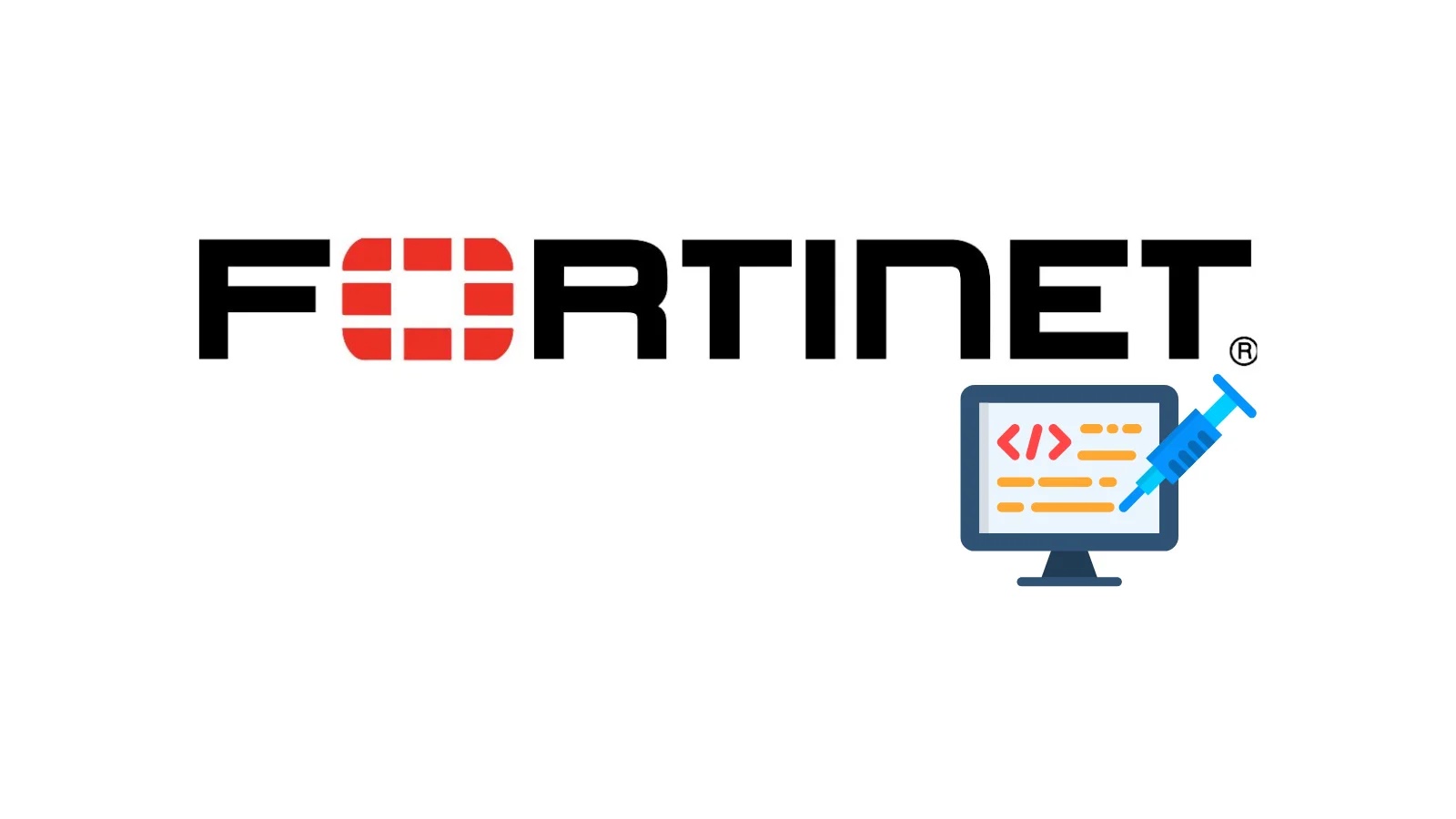
FortiDDoS OS Command Injection Vulnerability Let Attackers Execute Unauthorized Commands
In the relentless battle against cyber threats, keeping a vigilant eye on newly disclosed vulnerabilities is paramount for any organization. This is especially true when it comes to critical infrastructure and security appliances. Fortinet, a leading cybersecurity solutions provider, recently revealed a significant vulnerability in its FortiDDoS-F product line that demands immediate attention. This post peels back the layers of CVE-2024-45325, a crucial OS command injection flaw, and outlines the necessary steps to safeguard your defenses.
Understanding CVE-2024-45325: A Deep Dive into FortiDDoS OS Command Injection
Fortinet has officially disclosed CVE-2024-45325, a medium-severity vulnerability impacting its FortiDDoS-F series of products. This particular flaw is categorized as an OS command injection vulnerability, a class of security defects that allows an attacker to execute arbitrary operating system commands through a vulnerable application. Specifically, this vulnerability resides within the product’s command-line interface (CLI).
The core issue, identified as CWE-78: Improper Neutralization of Special Elements used in an OS Command (‘OS Command Injection’), stems from the inadequate handling of special characters by the application. When user-supplied input is not properly sanitized before being passed to an operating system command, an attacker can inject malicious commands. For a privileged attacker, this opens a direct pathway to unauthorized command execution, potentially leading to system compromise, data manipulation, or denial of service.
Impact and Severity: What Does Unauthorized Command Execution Mean?
While Fortinet has rated CVE-2024-45325 as medium severity, the implications of OS command injection should not be underestimated. A privileged attacker, leveraging this vulnerability, could:
- Execute arbitrary commands: This is the direct and most dangerous consequence, allowing the attacker to run virtually any command as the user under which the FortiDDoS CLI operates.
- Gain elevated privileges: Depending on the context, the attacker might be able to escalate privileges further within the system.
- Manipulate system configurations: Altering critical settings of the FortiDDoS device could severely impact its ability to defend against DDoS attacks or even render it inoperable.
- Access sensitive data: Potentially retrieve configuration files, logs, or other sensitive information residing on the device.
- Establish persistence: Install backdoors or other mechanisms to maintain access to the compromised system.
Given that FortiDDoS appliances are designed to protect against debilitating Distributed Denial of Service (DDoS) attacks, a compromise of these devices could leave an organization highly vulnerable to significant business disruption.
Remediation Actions: Protecting Your FortiDDoS Deployment
Addressing CVE-2024-45325 requires prompt action. As a privileged attacker is needed to exploit this flaw, controlling access to the FortiDDoS CLI is crucial. Here are the recommended steps:
- Apply Patches Immediately: The most effective remediation is to update your FortiDDoS-F appliances to the patched versions provided by Fortinet. Always obtain patches directly from Fortinet’s official support channels.
- Restrict CLI Access: Limit CLI access strictly to authorized administrators. Implement strong authentication methods, including multi-factor authentication (MFA) where available. Access should ideally be restricted to trusted IP addresses or via secure management networks.
- Principle of Least Privilege: Ensure that any accounts with access to the FortiDDoS CLI operate with the absolute minimum privileges required to perform their duties.
- Monitor Logs: Regularly review access logs and system logs on your FortiDDoS appliances for any unusual activity, failed login attempts, or unauthorized command executions.
- Network Segmentation: Isolate management interfaces of security appliances like FortiDDoS within a dedicated, secure management network to minimize exposure.
Relevant Tools for Security Analysis and Hardening
While direct patching is the primary solution, various security tools and practices can aid in maintaining a robust security posture and detecting potential anomalies. This table lists general categories of tools and their purpose:
| Tool Category | Purpose | Example Tools / Practices |
|---|---|---|
| Vulnerability Scanners | Identify known vulnerabilities in network devices and applications. | Nessus, Qualys, OpenVAS |
| Network Monitoring Tools (NMS) | Monitor network traffic, device health, and configuration changes. | PRTG Network Monitor, Zabbix, Nagios |
| Security Information and Event Management (SIEM) | Aggregate and analyze security logs from various sources to detect threats. | Splunk, IBM QRadar, ELK Stack |
| Access Management Solutions | Control and audit access to critical systems and devices. | Palo Alto Networks GlobalProtect, Cisco ISE, Identity & Access Management (IAM) solutions |
Conclusion: Prioritizing Patching and Secure Configuration
The disclosure of CVE-2024-45325 in Fortinet’s FortiDDoS-F product line serves as a stark reminder of the continuous need for vigilance in cybersecurity. OS command injection vulnerabilities are potent threats that can be leveraged by attackers to seize control of critical systems. Organizations utilizing FortiDDoS-F appliances must prioritize applying the necessary security patches and reinforce their access control mechanisms to mitigate the risk associated with this flaw. Proactive patching, stringent access management, and continuous monitoring are the cornerstones of a resilient defense against evolving cyber threats.





